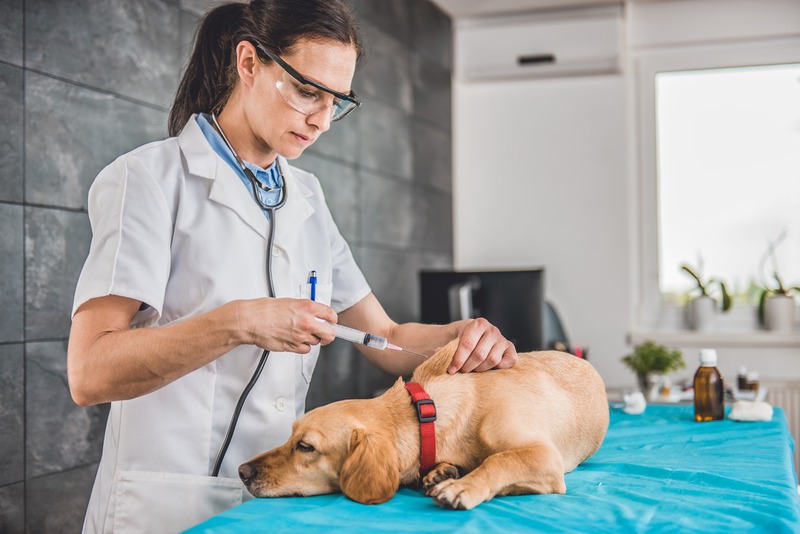When we think about our pets, we often envision them with happy, healthy smiles and tongues lolling out after a good game of fetch. However, what lies behind those smiles can sometimes be a cause for concern. Dental care for our furry friends is not just about fresh breath—it’s a key component of their overall health. Yet, it’s not uncommon for pet dental care to fall by the wayside, eclipsed by more immediate health concerns. In this article, we’ll delve into the risks that come with delaying dental care for your pets and why it’s crucial not to shrug it off as just another item on the pet care to-do list.
The Direct Downsides of Neglecting Your Pet’s Dental Health
So, what happens when dental care isn’t a priority for your pet? Unfortunately, the consequences can be severe. A lack of oral hygiene can lead to gum disease, tooth loss, and even more significant health issues. These aren’t just minor irritations for your pet—they can lead to pain, discomfort, and a lower quality of life.
Gum Disease: A Silent Culprit
Gum disease, or periodontal disease, is one of the most common dental issues in pets, and it’s often the result of prolonged neglect. When plaque and tartar build-up goes unchecked, it can lead to inflammation of the gums and the deterioration of the supporting structures of the teeth. Over time, this can lead to:
-
Tooth loss
-
Bleeding gums
-
Chronic pain
The Painful Reality of Tooth Decay
Tooth decay is another risk associated with dental neglect. When pets’ teeth aren’t regularly cleaned, bacteria-laden plaque can eat away at the enamel, leading to cavities. Painful tooth infections can follow, potentially necessitating veterinary surgery for relief and treatment.
Systemic Health Issues Beyond the Mouth
The risks don’t stop in the mouth. Bacteria from dental problems can enter the bloodstream, affecting vital organs like the heart and kidneys. This isn’t a small matter—these complications can seriously endanger your pet’s health and can even be life-threatening.
Behavioral Changes and Reduced Quality of Life
Dental issues can also lead to behavioral changes in your pet. Due to oral discomfort, your pet might become irritable, less playful, or lose interest in food. This isn’t just about a few missed meals or one-too-many growls—it’s about your pet not being able to enjoy life to the fullest because of preventable pain.
The Proactive Approach to Dental Health
The good news is that these risks can be mitigated by taking a proactive stance on your pet’s dental health. Just as we brush our teeth daily, our pets benefit from regular dental care routines.
Regular Brushing
Regular brushing of your pet’s teeth is the cornerstone of good dental hygiene. Start by slowly introducing your pet to the process, and use toothpaste specially formulated for them—the fluoride in human toothpaste can be toxic to animals.
Professional Cleanings
Professional cleanings are also crucial. Your veterinarian, likely skilled in veterinary dentistry, can perform a thorough cleaning under anesthesia. It’s recommended to schedule these cleanings annually or as suggested by your vet.
Dental Diets and Treats
Specially formulated dental diets and treats can help reduce plaque and tartar build-up, supporting your at-home care efforts. For best results, always choose products endorsed by the Veterinary Oral Health Council.
Regular Check-Ups
Remember to look for signs of dental distress between check-ups. Persistent bad breath, difficulty eating, or red, swollen gums can all be indicators that something isn’t quite right. These should prompt a visit to a website, such as https://www.petsonbroadway.net/site/home, for guidance and professional veterinary advice.
The Crucial Nature of Early Intervention
When it comes to dental care for your pet, timing is everything. Early intervention can prevent many of the issues associated with delayed care. By starting regular dental hygiene practices when your pet is young, you’ll set a precedent for healthy habits throughout their life. It’s much easier and more cost-effective to manage dental health consistently than to treat advanced dental problems later on.
An Ounce of Prevention
Let’s talk about finances. Preventing dental problems not only saves your pet from discomfort but also can save you from expensive veterinary bills for procedures or treatments that become necessary due to neglected dental care.
Better Bonding Through Care
Caring for your pet’s dental health is also a form of bonding. As you establish a routine, your pet will learn to trust you with this aspect of their care, strengthening your relationship and ensuring they feel loved and looked after.
Final Thoughts
Pet parenting brings joy with wagging tails and purring companions, but their healthcare, especially vaccinations, is crucial. Sticking to vaccination schedules for pets is essential, not just as a routine task, but as an expression of our love and care. Ensuring our furry friends are vaccinated protects their health and highlights our commitment to their well-being.










